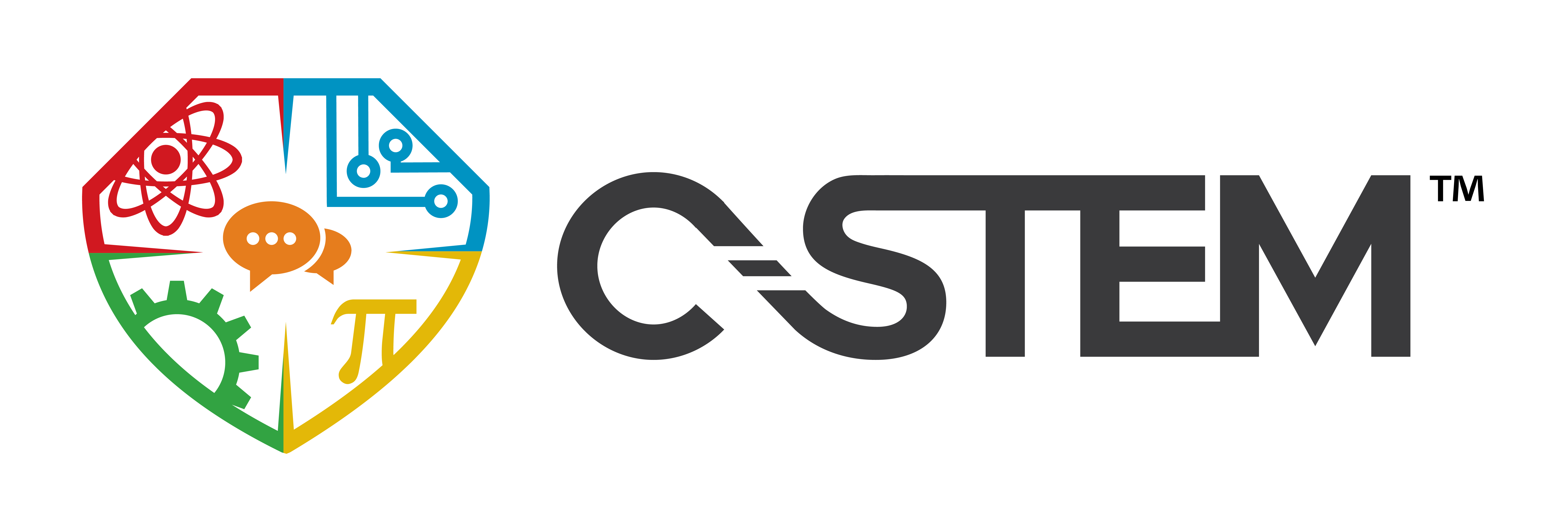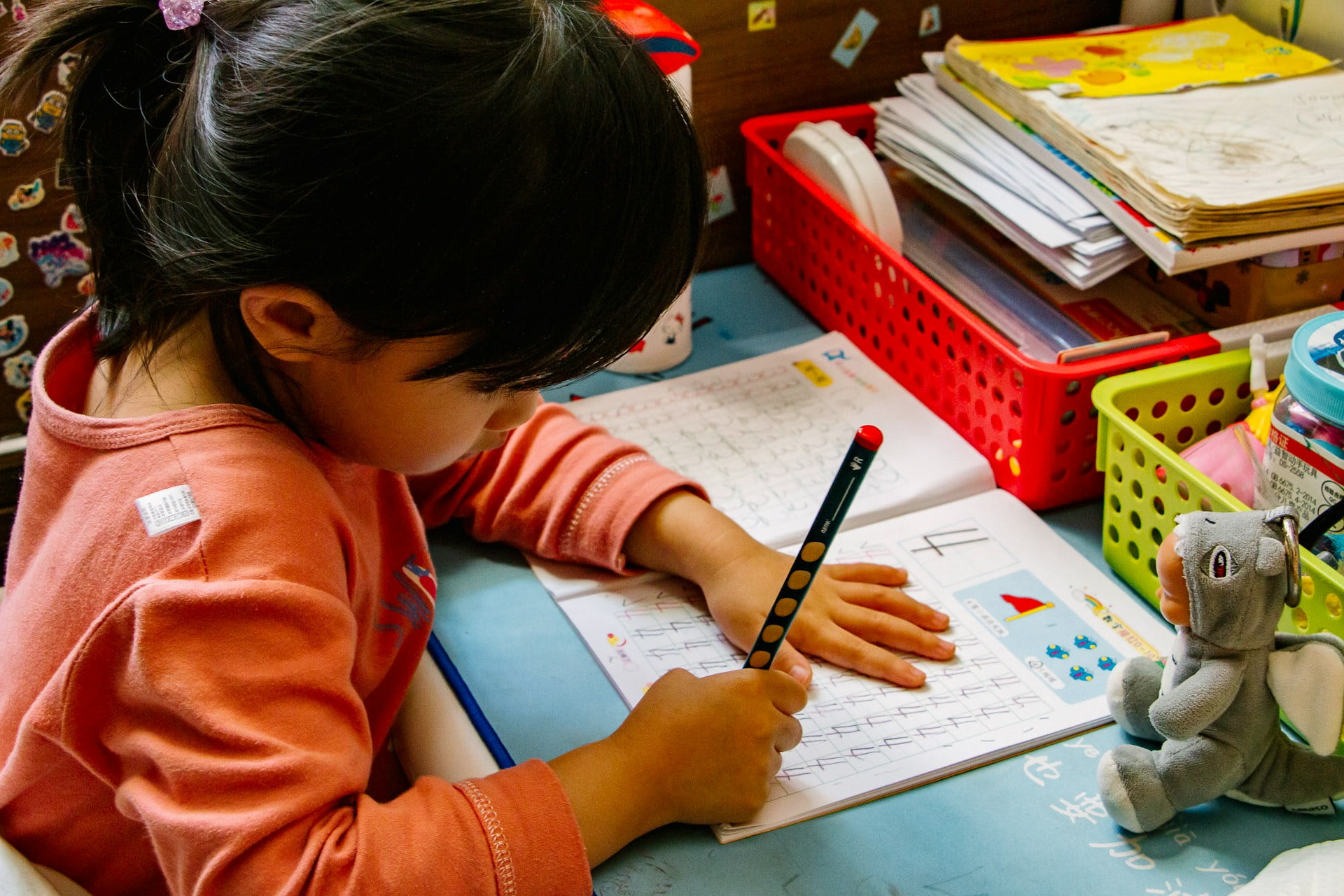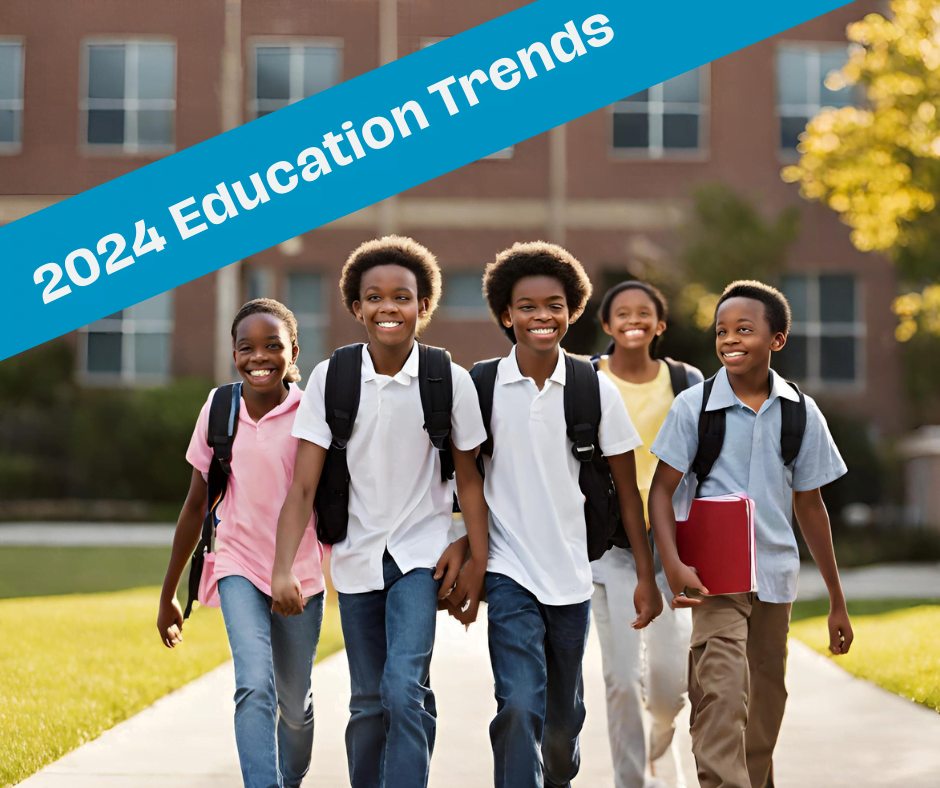Written by: Reagan Flowers, Ph.D.
When the pandemic shut down schools for extended periods of time in history-making, yet necessary, decisions by education leaders, we knew that the consequences would be expansive. Yet, less than two years into the pandemic, we are already seeing the beginnings of this impact. So let’s take a minute to dive into the latest research, especially regarding the ground we’re losing. In particular, it’s time to look at how the pandemic impacted underrepresented and underserved students struggling with learning gaps before the pandemic.
Black Students Falling Furthest Behind in Math
Recently released national test results showed that overall, students have regressed to the levels they were testing at 20 years ago. The disparity is the largest in the lowest scorers, especially economically disadvantaged and minority students. In math alone, Black students’ scores fell by 13 points, while white students’ scores fell by only 5 points.
The widened drop in scores is indicative of the larger population of underserved and underrepresented students who already face learning gaps. They experience schools that lack resources, have parents who work long hours to make ends meet or are not equipped to support their child/children academically, and experience disengagement that results from oppressive systems that are not inclusive or equitable.
On top of all this, schools with the highest number of Black, Hispanic, and low-income students continued remote learning the longest during the pandemic. The results are devastating, and these recent test results are only a snapshot of the bigger picture.
Reading Scores Fell by Largest Margin in 30+ Years
Reading scores also showed a dramatic score drop—the most significant decrease in scores since these tests began tracking achievement in the 1970s. But, again, the disparities are apparent here, with the highest performing students’ scores dropping only 2 points, while the lowest performing students saw a decrease of 10 points.
Students are affected by the lack of access to resources. For example, only 26% of low-performing students sometimes had access to high-speed internet, while 43% of high-performing students did. Another example: only 26% of low-performing students had their teacher available to help with schoolwork every day or almost every day, while 45% of high-performing students did.
Declining Graduation Rates Doubled for Low-Income, Disabled Students
Another area where we see the devastating effects of the pandemic is high school graduation rates. Two thousand twenty graduation rates were not significantly affected, but we see a different story as of the end of the 2020-2021 school year. At least 31 states saw declining graduation rates for the class of 2021, more than twice as many as in the previous year.
Low-income students and those with disabilities are showing alarming declines, with year-to-year decreases for low-income students in 33 states and students with disabilities in 22 states.
Specifically, graduation rates from low-income students only went down in 13 states from 2019 to 2020 but went down in 33 states from 2020 to 2021. For students with disabilities, the decline went from 10 states to 22 for the same time period. Sadly, students of color jumped from a decline in 14 states to 27 states.
What’s Next for Education
Though the pandemic’s impact on daily life has diminished, its effect is far from over. So we must spring into action sooner rather than later with the necessary resources and services to close academic gaps. Otherwise, we cannot expect that those most impacted, Black, Hispanic, and low-income students, will have access to jobs, careers, or degree programs that lead to social mobility.
There is an expectation to narrow the gaps; school districts identify the disparities right now before students fall farther behind and may ultimately drop out. So, now more than ever, these academic gaps are a call to action to direct the necessary resources and services to low-income students, students of color, students with disabilities, and English-language learners.
It’s up to districts, teachers, and educators to evaluate the resources available and reach out for help where needed. Organizations like C-STEM, our corporate partners, volunteers, and mentors are always ready and willing to step in and help. Supplemental programs like ours exist in many communities, and seeking them out could help make great strides.
In these communities, relevant, hands-on, applied, high-quality resources and opportunities must be available and become the norm. But unfortunately, reliance on online resources will not help these students move beyond the academic gaps. More than ever, there are free virtual STEM webinars, and courses are abundant but not enough to move students forward.
Guidance counselors, program coordinators, and community resource managers will play a vital role in identifying and providing resources and services to students who represent this gap and are on the borderline of falling into this gap. Additionally, locating organizations and businesses that can provide supplemental resources to move beyond the academic and social issues occurring at school and home with this demographic will help get students on a path to work, college/university, or career instead of dropping out or joining the prison pipeline.
Finally, we can all advocate for our students through the way we vote and by choosing leaders focused on education. We can raise our voices on how crucial closing these gaps will be to our future. Schools need more resources allocated than ever before, and we need to do all we can to make that happen.
The work these students will have to do will be hard, consume more of their social time, and possibly require year-round school, and it might not seem fair that they have to do extra outside school to catch up. But, in reality, there has been a persistent academic achievement gap, and it has just gotten wider. The pandemic worsened a preexisting condition, and we can no longer be kicked the can down the road if we believe that all children can learn and achieve. Unfortunately, children are showing up to schools with lots of leaky pipes, something they have no control over. Let’s get high-quality education on track for all and eliminate broken education systems. It’s the only way we can develop diverse talent that will transform their communities, improve the quality of life for their families, fuel our economy, and make the U.S. more competitive.
At C-STEM, we have an inclusive partnership model that makes STEM learning fun, relevant, engaging, relatable, and experiential. Providing students the options to learn in this way helps them see how STEM applies to their lives now and in the future.







